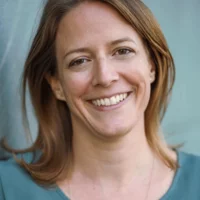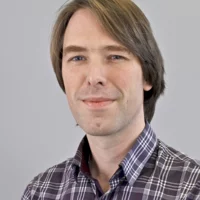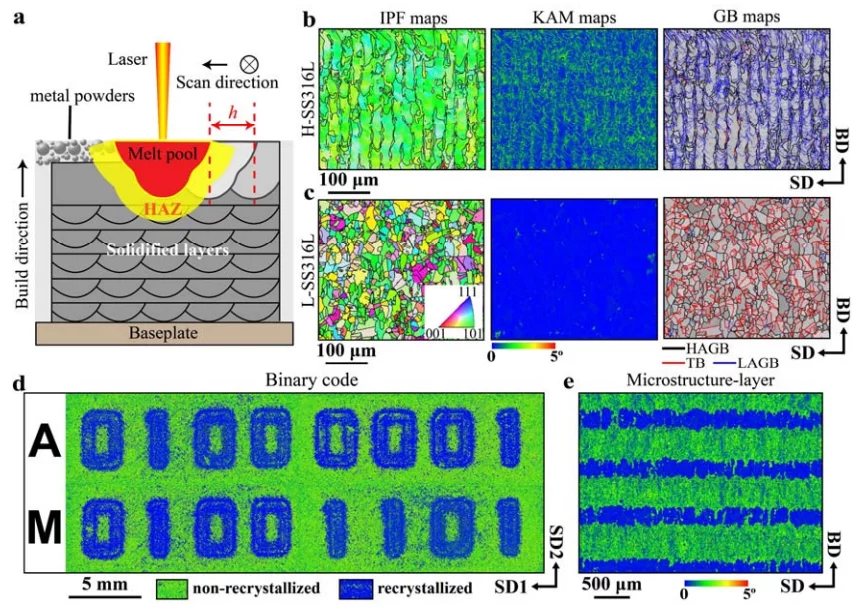In metallurgy, mechanical deformation is essential to engineer the microstructure of metals and to tailor their mechanical properties. However, this practice is inapplicable to near-net shape metal parts produced by additive manufacturing, since it would irremediably compromise their carefully designed geometries. In this work, we show how to circumvent this limitation by controlling the dislocation density and thermal stability of a steel alloy produced by laser powder bed fusion technology.
Many metal manufacturing technologies used in our society rely on a combination of mechanical and thermal processes to shape the material into the desired geometry and concurrently engineer its microstructure and properties. This archetypical “heat and beat” approach breaks down when employing modern additive manufacturing (AM) technologies. AM, also known as three-dimensional (3D) printing, enables joining materials together layer by layer to produce near-net-shape parts with previously impossible geometric complexity. Because material and geometry are formed simultaneously during AM, further mechanical processing of the solid to drive controlled microstructural changes is not possible without irremediably compromising the part's intricate shape.
Here we show how to engineer the microstructure of stainless steel during AM without relying on mechanical deformation. Using laser powder bed fusion (LPBF) technology, we devise processing strategies to “program” the thermal stability of the as-solidified alloy and decide, a priori, how the material’s microstructure will change upon heat treatment (HT). These strategies restore some of the microstructure control capabilities offered by conventional metal processing. More interestingly, they allow creating new materials that integrate dissimilar microstructures by programming the alloy’s thermal stability site-specifically. Site-specific microstructure control of metals is one of the most unique and attractive capabilities of AM.
To produce the sample with the binary code standing for “AM” in figure d, we used two different printing strategies. For the part of the sample with high thermal stability (green) we used a hatch spacing of h = 100 μm. The part printed with lower thermal stability was printed with h = 50 µm and a laser remelting. After printing the sample is heat treated in a furnace above 1000C for 30min. This results in recrystallization in the parts printed with low thermal stability only (figure b and c). It can be show that by varying h we control the density of geometrically necessary dislocations (GNDs)—which accommodate local plastic strains gradients—while by remelting we promote homogenization of the local chemical composition and thus attenuate micro-segregation.
It is expected this strategy to be applicable to many other materials since it relies on the control of microstructural features that are ubiquitous in metal alloys produced by LPBF—namely dislocations accumulation and elemental micro-segregation upon solidification. This work opens the path to designing metal parts that exhibit microstructure-optimized properties alongside the widely celebrated topology-optimized performance brought by shape complexity.
Contact
Dr. Steven Van Petegem
Structure and Mechanics of Advanced Materials
Photon Science Division
Paul Scherrer Institute
Forschungsstrasse 111, 5232 Villigen PSI, Switzerland
Telephone: +41 56 310 2537
E-mail: steven.vanpetegem@psi.ch
Original publication
Additive manufacturing of alloys with programmable microstructure and properties
Shubo Gao, Zhi Li, Steven Van Petegem, Junyu Ge, Goel Sneha, Joseph Vimal Vas, Vladimir Luzin, Zhiheng Hu, Hang Li Seet , Dario Ferreira Sanchez, Helena Van Swygenhoven, Huajian Gao, Matteo Seita
Nature Communications 14 (2023) 6752
DOI: 10.1038/s41467-023-42326-y


